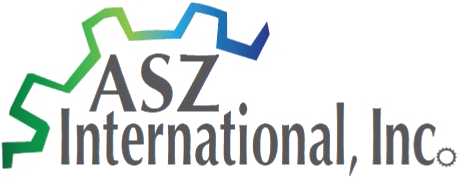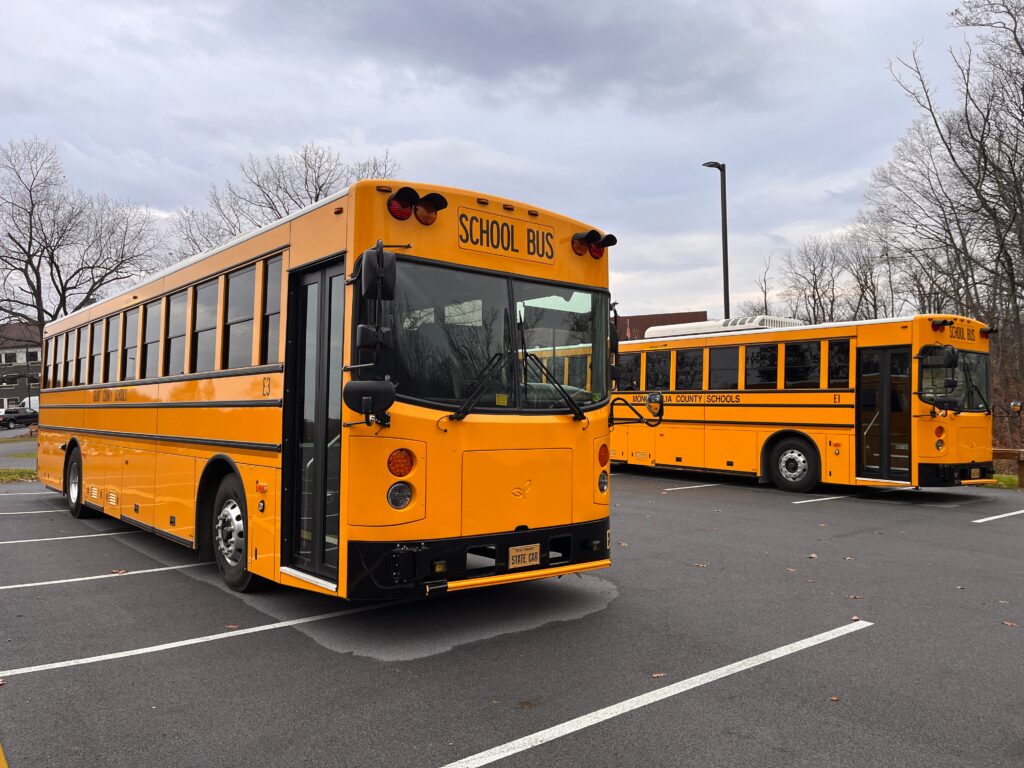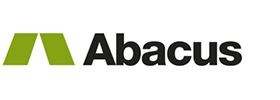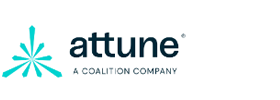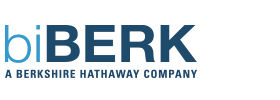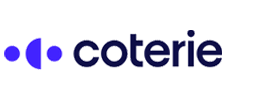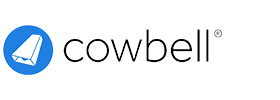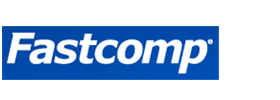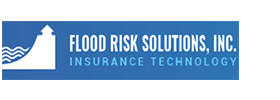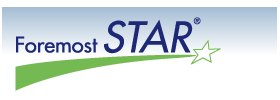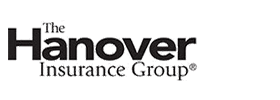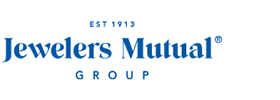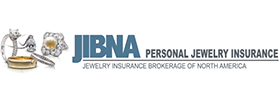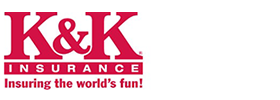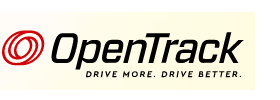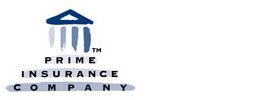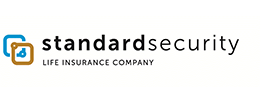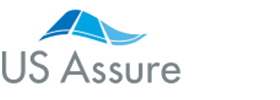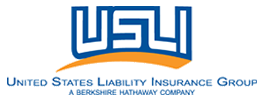Certainly, let’s infuse the content with an undertone of insurance, emphasizing how insurance plays a role in various aspects of home ownership:
Your home is more than just a structure; it’s a reflection of your lifestyle, your personality, and your dreams. Whether you’re considering a major renovation, tackling a DIY project, exploring different architectural styles, or searching for the perfect location, this guide is your comprehensive resource for turning your house into a home, all while ensuring it’s adequately protected by insurance.
Home renovations are about creating the perfect environment for your family, and part of that involves safeguarding your investment. As you upgrade your kitchen or transform your bathroom into a spa-like oasis, remember that your homeowner’s insurance policy should be adjusted to reflect these improvements. These changes not only enhance your quality of life but also increase the value of your home, and insurance should evolve to match that value.
When embarking on do-it-yourself projects, consider the potential risks involved, especially when you’re dealing with repairs and modifications. Home insurance covers certain accidents and incidents, but it’s crucial to understand your policy and its limitations. Take appropriate precautions and ensure that your insurance policy adequately protects you from unexpected mishaps.
The architectural style of your home is not only an expression of your taste but also a factor that can impact your insurance rates. Different architectural styles can have varying levels of vulnerability to certain risks, such as damage from natural disasters or theft. Discuss these factors with your insurance provider to ensure you have the right coverage in place.
Location matters, and so does the insurance that comes with it. Urban living may mean higher premiums due to increased risks like theft or accidents, whereas rural or coastal areas may have different insurance considerations. Understanding how your location influences insurance costs and coverage is essential as you choose the perfect spot for your home.
In conclusion, as you embark on the journey of turning your house into a home, remember that insurance is an integral part of the process. It’s there to protect your investment, ensuring that the improvements you make, the DIY projects you undertake, and the unique style you choose are safeguarded. Making informed decisions about your insurance needs is just as crucial as the design and location choices you make for your home.
LEGAL DISCLAIMER: The information provided in this communication is not intended to constitute legal advice and should not be construed as such. All information, content, and materials available in this communication are for general informational purposes only. Listeners, viewers, readers, users, browsers, or recipients of this communication are advised to consult with their attorney to obtain advice regarding any specific legal matter.
No listener, viewer, reader, user, browser, or recipient of this communication should make decisions or take actions solely based on the information contained herein without first seeking legal advice from qualified legal counsel in the relevant jurisdiction. It is important to note that individual circumstances can vary, and only your personal attorney can provide guidance on whether the information provided here is applicable or appropriate to your particular situation.
The views expressed in this communication are solely those of the individual creators in their individual capacities and do not represent the opinions of ASZ International, Inc. doing business as ASZ Associates. Any actions taken or refrained from, based on the contents of this communication, are undertaken at your own risk, and all liability with respect to such actions or inactions is hereby expressly disclaimed.
The content in this communication is provided “as is,” and no representations are made regarding its accuracy, completeness, or reliability. It is important to independently verify any information presented here and to consult legal professionals for advice tailored to your specific circumstances.
